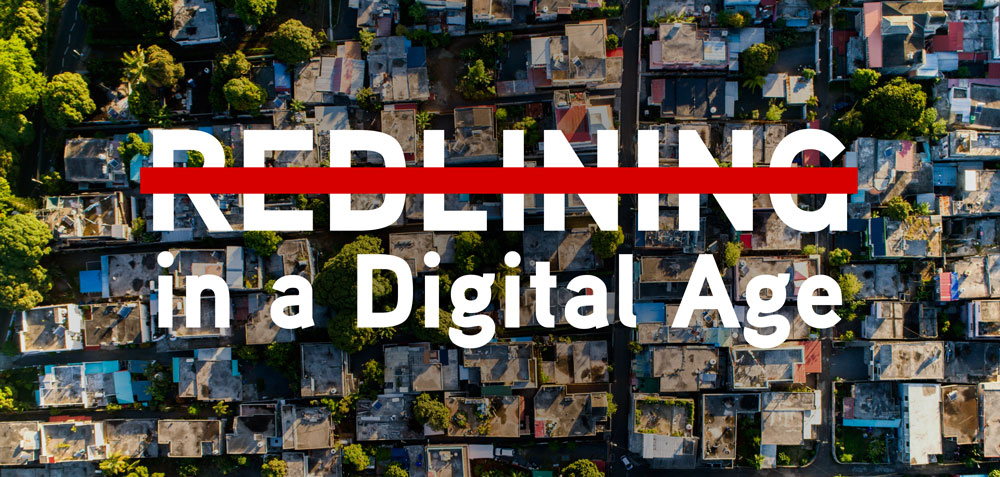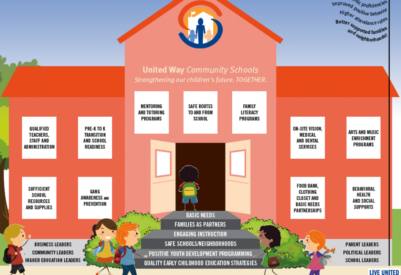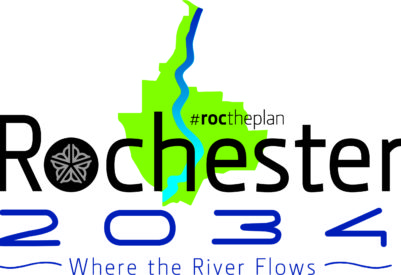
southwest Tribune
The era of cellphone videos has forced white America to finally acknowledge the obvious enough patterns of racial inequity in policing. But in other parts of society we cling, still, to the idea that racial inequity is the result of “a few bad apples” rather than a core feature of the system itself.
Among the most consequential instances of this willful blindness has been our approach to fair housing. In response to centuries of unjust housing and land use policies (public and private) that target Black people and others specifically based on their race, our fair housing laws enshrine an “all lives matter” approach which actively prohibits us from explicitly referring to race even in programs intended to undo the harm caused by this history.
A new generation of local housing policymakers is attempting to directly confront this history but fair housing law leads to convoluted policies that offer further racial equity only indirectly through income or geographic targeting. This attempt to address racial injustice by proxy has become one of the defining failures of housing policy today.
Colorblindness is fundamentally at odds with what is strategically and emotionally necessary for us to move forward as a people.
Bearing Witness to a Crime
In 1966, the apartheid regime in South Africa forcibly displaced more than 20,000 people of color from their homes in central Cape Town’s District 6.
The area, a dense and racially mixed working-class community with thriving businesses and homes, had been designated a “white area” under the Group Areas Act. Under the law, only white people were allowed to own or rent property in desirably located areas like District 6.
Stores and homes were bulldozed to make way for new housing for whites only. People were forcibly relocated at gunpoint (sometimes taking only suitcases) to racially segregated townships on the cape flats, miles from public services and community institutions.
Previously District 6 had been home to strong mixed-race community institutions including soccer clubs, musical groups, and churches. But the apartheid system required racial sorting, so these institutions were destroyed along with the buildings of District 6. Social capital built over decades was erased in months.
For Americans, it is easy to see this shameful moment as a violent crime.
What has been harder for Americans to acknowledge is that at the same time, American cities were doing something shockingly similar.
In just one typical case, San Francisco systematically destroyed its strongest African-American communities in what looks, in hindsight, an awful lot like a premeditated crime.
Urban renewal in San Francisco’s Western Addition neighborhood alone displaced at least 10,000 African-American people and a large share of the city’s Black-owned businesses. At one point the city was demolishing 40 buildings a month in the area.
Unlike their South African counterparts, American planners expressed regret about the impact of these actions on African-American communities and offered reassurance that displaced people and businesses would have an opportunity to return to the rebuilt neighborhood.
Looking back, it might be tempting to see the failure to make good on relocation promises as an example of dropping the ball on a detail of implementation in an otherwise well-intentioned policy, but when you look at urban renewal in the context of the times, it seems clear that the wholesale displacement of much of the city’s African American population was quite intentional and that returning people to rebuilt neighborhoods was never a serious goal.
In 1966, the city commissioned a plan that expressed dismay over the recent growth in the city’s African American population and proposed setting a target for reducing the Black population.
Another report the same year called for the city to “move closer to standard white Anglo-Saxon Protestant characteristics.” Citing the racial composition of neighborhoods as a “blighting” factor, San Francisco targeted Black communities for demolition at a time when one study found that fully two-thirds of rental units in the city were being advertised as for “whites only.” No one at the time could have been surprised that the policy caused Black families to leave the city permanently. Fewer than 4 percent of displaced businesses ever returned to the Western Addition.
The Black population in the Western Addition and the city as a whole never recovered. San Francisco’s Black population fell from 13 percent in 1970 to less than 5 percent of the city today.
Nearly every city in America has a similar story. Like South African apartheid, American apartheid-era urban planning efforts devastated entire communities, leaving a legacy of inequity that is ever-present today, playing an outsized role in policy choices about how we grow our cities. Black families were displaced, businesses closed, land was taken away. Wealth stripped from Black communities made its way into white pockets. It is difficult to look at the totality of these actions and see anything other than a systematic, racially motivated assault on Black Americans.
South Africa has a name (“apartheid”) for the system itself which promoted segregation and inequity; in America we hide the crime by treating it as a series of isolated mistakes. By pretending that past harm was the result of some kind of one-time technical error rather than an ongoing system of violent crimes targeted at one racial group, we make it much harder to move forward.
In city halls across the country, a new generation of elected leaders is actively looking for ways to confront and repair the harms of apartheid-era housing policy. But their efforts are stymied by a surprising barrier: fair housing laws. Federal laws designed to prevent communities from unfairly discriminating on the basis of race are being applied to prevent cities from using race as a factor in the implementation of programs designed to remedy those past harms.
The Problem with ‘Reverse Discrimination’
In the early 1950s, white leaders in Dallas developed a strategy for addressing what they referred to as “the Negro Problem.” The city built 3,500 units of public housing on a single site in West Dallas and proceeded to lease it almost exclusively to Black families. A court later concluded that the project’s “primary purpose was to prevent Black families from moving into white areas of this city.”
In a series of lawsuits in the 1980s, courts found that the intentional segregation of African Americans into west Dallas violated the U.S. Constitution’s promise of equal protection for Black citizens. But when a federal district judge ordered the city to remedy this harm by building public housing in predominantly white neighborhoods, the Fifth Circuit Court overturned the lower court’s order on the grounds that because it used neighborhood racial composition to identify the new sites, it purposely discriminated against white residents on the basis of their race.
As a result, the city was forced to cancel plans to build public housing in white neighborhoods and the city’s public housing stock remains highly segregated to this day. While the Second Circuit Court upheld race-conscious remedies in a very similar case in Yonkers, the U.S. Supreme Court’s refusal to hear either case has left public agencies in a situation where they cannot safely pursue race-conscious remedies even to undo the harm of their own prior actions.
Confronting Injustice by Proxy
This colorblindness of fair housing law has become second nature to many housing professionals. Policymakers who want to use housing programs to further racial equity are told that we should instead rely on income or geographic targeting in ways that will indirectly advance racial equity.
In 2019, presidential candidate Elizabeth Warren held up federal redlining maps as a clear cause of the lasting racial wealth gap but then proposed a federal investment program to promote homeownership, not for disadvantaged racial groups but instead for residents of areas that had been redlined in the past.
The problem, some critics quickly objected, is that many of these redlined communities are, today, struggling against gentrification, and Warren’s program would finance not just longtime residents but also anyone new moving into these neighborhoods, in some cases fueling displacement of the very families it was intended to (indirectly) benefit.
CityLab pointed out that Warren’s ambitious proposal “neglects to mention race but seeks to address an historical racial injustice by proxy.”





